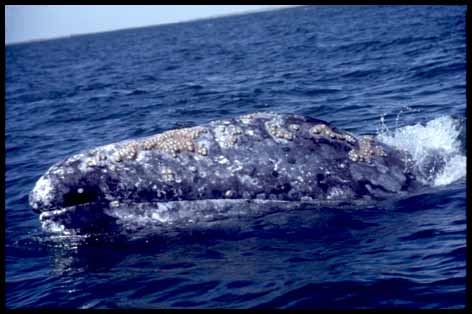The Santa Monica City Council has finally approved an ordinance this Tuesday, Feb. 26 that would ban all "single use" plastic bags from stores in the city, and impose a fee for customers who would prefer to use them.
The council's decision had been delayed until staff had further recommendation, but now it is final.
The
ordinance was pushed by environmental group Heal The Bay, which is located in the city. The organization monitors beach water quality up and down California's coast.
However, many grocery companies have debated over whether plastic is being given a "bad wrap," so to speak, since paper bags burn more fuel in production and cause more of a CO2 concern in landfills, if not just as much. Some consultants have said the concern is over the customers' responsibility for handling the plastic bags. Many grocery stores have started recycling plastic bags that are brought back into the stores such as Von's, Pavilions and Ralph's.
According to the city's analysis:
• Plastic carryout bags are made in a number of different sizes and thicknesses and are typically manufactured from either high density polyethylene (HDPE - recycling symbol #2) or from low density polyethylene (LDPE - recycling symbol #4).
The LDPE bags are thicker and are generally used by department stores and other commercial retail outlets.
The HDPE bags are typically thinner, cheaper and are used much more widely by supermarkets, pharmacies, convenience stores and restaurants.
These bags are termed “single-use” bags because they are intended for one time use for customers to carry their purchases from the store, followed by disposal or recycling.
The thin, light duty plastic that the bags are made from is not durable enough for them to be repeatedly used for carryout. The California Integrated Waste Management Board estimates that Californians use approximately 19 billion of the light weight HDPE bags each year
with approximately 6 billion of these being consumed within
Los Angeles County.
A survey conducted by City
Solid Waste Management division staff in December 2005 solicited plastic bag information from 25
Santa Monica grocery stores and food markets.
The survey concluded that these 25 businesses use approximately 23 million plastic bags each year.
According to the ordinance, in Santa Monica if you want to buy groceries it will cost you:
Type of carryout bag | Approximate cost per bag | Approximate annual usage per person |
HDPE plastic | 1 to 5 cents | 500 - 600 |
Paper | 5 to 25 cents | 500 - 600 |
Biodegradable | 10 to 21 cents | 500 - 600 |
Reuseable (cloth or plastic) | 99 cents to $10 | 2 - 4 |
Plastic bags are a significant source of marine debris and are hazardous to birds and marine animals. The California Coastal Commission estimates that 60% to 80% of all marine debris, and 90% of all floating debris is plastic.
Plastic bags do not biodegrade in the environment, but they do break into smaller pieces that are often mistaken for food by birds and marine animals.
Studies have estimated that more than 1 million sea birds, 100,000 marine mammals and countless fish die annually through ingestion of and entanglement in marine debris, including plastic bags
Heal The Bay states that:
http://www.healthebay.org/actionalerts/2008_02_05_SMbaghearing/default.asp:• Just 25 Santa Monica grocery stores and food markets use approximately 23 million plastic bags each year. Californians use more than 19 billion plastic grocery bags and merchandise bags each year, roughly 552 bags per person — and if placed end-to-end, enough to stretch around the globe over 250 times. This usage generates 147,038 tons of unnecessary waste. • California taxpayers spend $25 million to collect and landfill plastic bag waste each year. That figure does not include external costs, e.g., resource extraction and depletion, quality of life issues, economic loss due to plastic bag litter and human health expenses.
• U.S. consumers use 100 billion plastic bags annually, which is the energy equivalent of 12 million barrels of oil. This equates to 60,000 plastic bags used every five seconds.
 The majestic giants of the sea, the California Gray Whale, are gracing the public with their presence during their 5,000-mile migration from Alaska to Mexico. The migration already began in December and continues through March, the last month. During the peak season, 40 to 50 whales pass by Dana Point each day, using the headland's cliffs near the harbor as a landmark to check their path.
The majestic giants of the sea, the California Gray Whale, are gracing the public with their presence during their 5,000-mile migration from Alaska to Mexico. The migration already began in December and continues through March, the last month. During the peak season, 40 to 50 whales pass by Dana Point each day, using the headland's cliffs near the harbor as a landmark to check their path.

